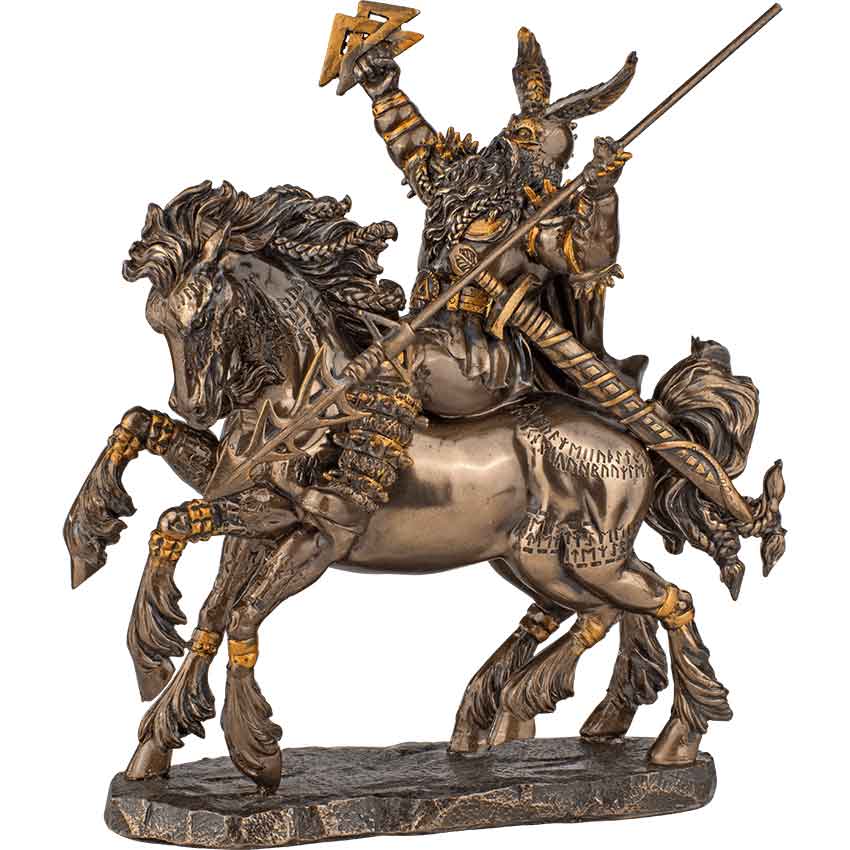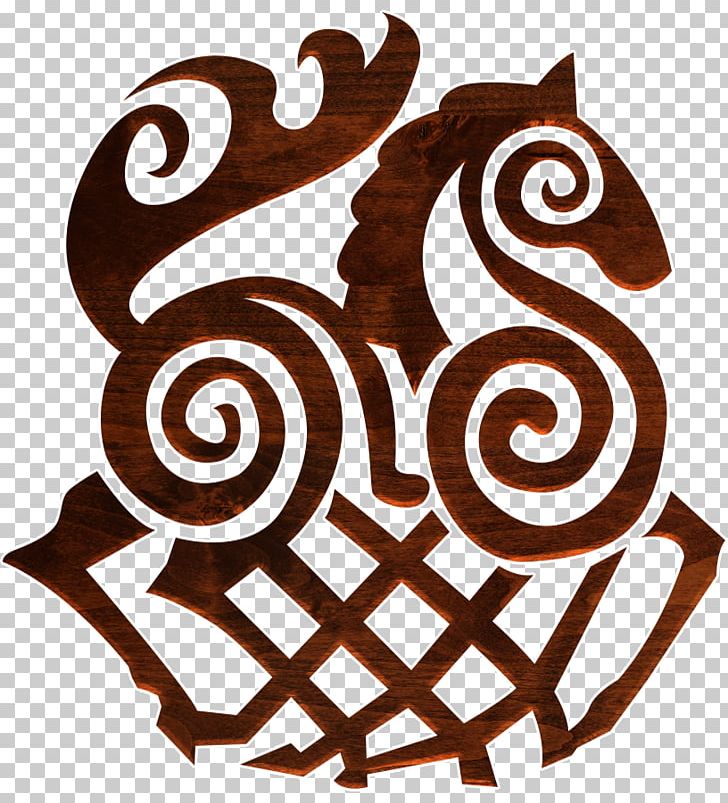

In honor of the winter solstice which marked the sun’s return and the beginning of longer days, Vikings created sunwheels, which very much resembled Christmas wreaths. The log would be burned, and part of it would be saved and kept to protect the home. Yule logs are large decorated logs that at one time traditionally held carved runes and symbols. If you eat ham at your Christmas feast, you join a long line, time honored tradition that began with the sacrificing of the boar. The Vikings and other ancient Germanic cultures made many opportunities to honor their gods with feasting and rituals, one of which involved sacrificing a wild boar in hopes of a bountiful harvest the following season. Every greens were brought into the house to bring life and colour to the otherwise bleak and dark dwelling. Additionally, it was believed that spirits living in the trees, but went away during the winter months, and could be coaxed back with household offerings. Scandinavians used to decorate evergreen trees with statues, food, clothing, and runes as tribute to the gods. Traditionally, the midwinter feast lasted twelve days, which is where the modern twelve days of Christmas comes from. This gives new context to the line from the song We Wish You a Merry Christmas: “We won’t go until we get some, so bring some out here.” Traditionally, peasants would visit their feudal lords and sing songs in exchange for gifts and treats. Sound familiar?Ĭhristmas caroling is otherwise known as wassailing, which has Old Norse and Anglo-Saxon origins.

It was used a symbol of renewal and resurrection, fitting right in with the modern Christmas holiday.ĭuring the Yule celebrated by Germanic people, many believed that ghost sightings and supernatural occurences happened much more often than during the rest of the year, such as during the Wild Hunt, which was a procession of ghosts through the sky led by Odin, who bore a long beard and brought gifts to those who deserved them. The white berries then became powerful enough to resurrect Balder.

When his mother Frigga cried for him, her tears fell on red berries, turning them white. In Scandinavian mythology, Balder, the god of light and goodness, was slain by an arrow poisoned with misletoe. In Scandanavia in particular, Yule celebrations predate the celebration of Christmas as we know it by thousands of years.Īs Europeans converted to Christianity, solstice celebrations waned but many ancient yule traditions stuck around. The Yuletide was originally celebrated by ancient Germanic peoples including Celts and Vikings, and by others all around Europe, long before the Christian Holiday.

Here are a few Viking traditions we take for granted explained. “We all hope that after such a challenging year, you will all have a most wonderful Yule, filled with much fun, laughter, food and mead. On 9th December 2020, the Largs Viking Festival posted the following on Facebook: This is going to be a long post, but bear with me. Here I’m delving into Viking Yule with my source-critical head on … Ever wondered if Santa Claus is actually Odin in one of his many disguises? Largs Viking Festival recently asked themselves this very thing, and so have many other blogs and websites.


 0 kommentar(er)
0 kommentar(er)
